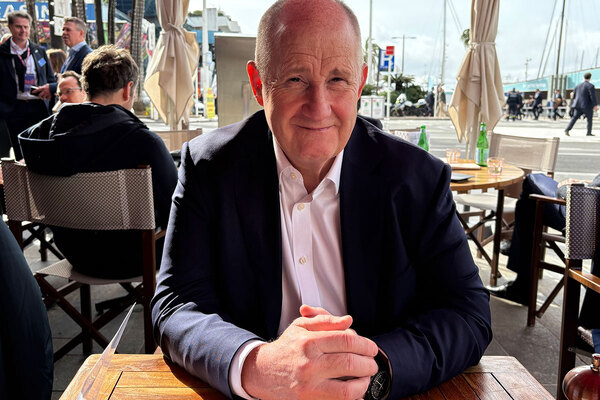
John Perry is a policy advisor at the Chartered Institute of Housing
The Treasury has made £47bn from Right to Buy but we have paid a price in lost social housing
New rules giving councils greater flexibility to spend Right to Buy receipts are welcome, but more fundamental reform is needed to stymie the loss of social rented homes in this country, writes John Perry
Government changes to the rules about spending Right to Buy receipts will make it easier for councils to reuse the money they get from selling the homes, but will it lead to enough of them getting replaced?
An important concession is that councils can now use receipts to fund 40% of the cost of a new home, rather than 30%.
Another, sought by the Chartered Institute of Housing (CIH) and others, is that the deadline for reusing receipts will be five years instead of three. These should mean less money being returned to the Treasury because the deadline has expired, and more homes being built as receipts can make up more of the construction cost.
However, there are two fundamental problems which these concessions fail to address.
The first is that the rules are there because the Treasury believes that it should control the money. This is hardly surprising: the latest UK Housing Review shows that Right to Buy has earned the Exchequer more than £47bn over the 40 years since it began.
While the Treasury argues that part of this money has gone back into social housing investment, it’s impossible to say how much and it’s very unlikely to be more than half. In other words, Right to Buy is a money-earner that’s helping to keep down Britain’s deficit.
But even from the point of view of a conventional economist, this way of using the money makes no sense. If you’re forced to sell an asset for which there is a pressing need, then the logical first call on the proceeds is the money needed to replace what you’ve just sold.
Unfortunately, it’s only since the Right to Buy was ‘reinvigorated’ in 2012 that the government has seen the need for replacements, and these are not necessarily like-for-like. The increase in the percentage of new build costs that can be funded from receipts will help somewhat to address this issue.
But it won’t do much to address the loss of social rented homes – which the UK Housing Review shows has now reached nearly 210,000 over the past eight years. Put simply, we’ve got to build a lot more than the current 6,000 social rented homes annually to replace sales of up to 12,000, and that’s before we factor in the massive need for additional stock at genuinely affordable rents.
The other fundamental problem is that the government has power not only over the money, but also over the houses themselves. The legislation, fundamentally unchanged since 1980, directs councils to sell homes to tenants regardless of needs, or of other considerations such as whether or not it makes sense in practical terms.
For example, some of the current problems with leaseholders facing huge bills for remedial works stem from Right to Buy sales in tower blocks, which should have been seen as too problematic from the outset.
Given the post-pandemic housing crisis, it makes even less sense to continue selling off social rented homes without the guarantee of replacement, which is why CIH calls for sales to be suspended.
As the UK Housing Review also reveals, Scotland has learned that by a combination of new investment and halting Right to Buy sales, it has been able to add 25,000 homes to its social rented stock in just five years, in contrast to the losses sustained in England.
Given that Scotland and Wales have ended Right to Buy, and it will soon end in Northern Ireland at least for housing associations and possibly later for the public sector too, keeping it going (until its 50th anniversary?) in England seems increasingly anomalous.
John Perry, policy advisor, CIH
Sign up for our daily newsletter
Already have an account? Click here to manage your newsletters












